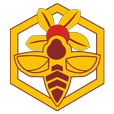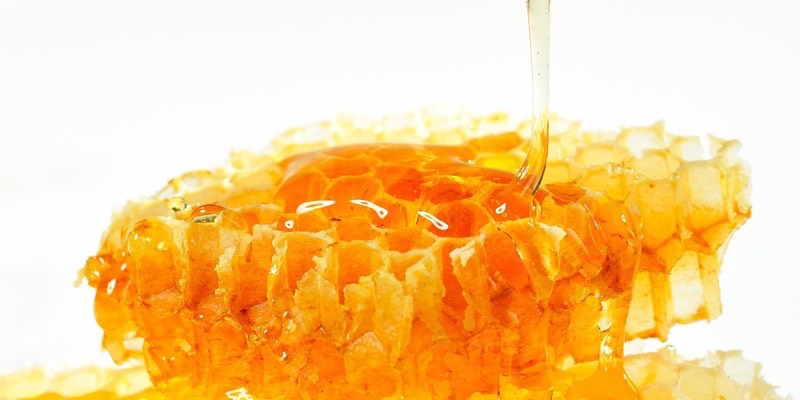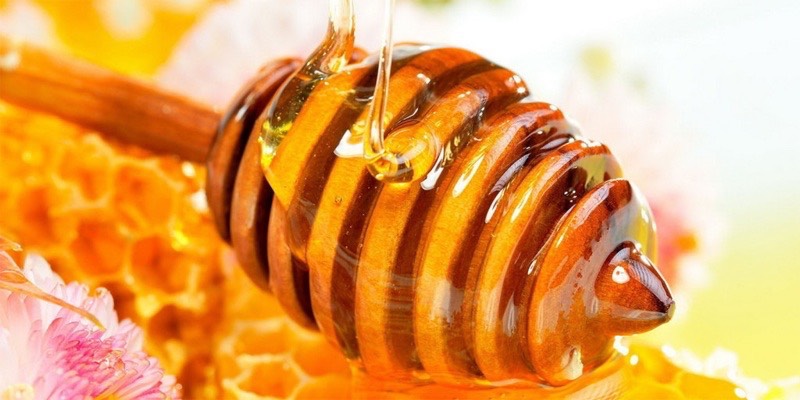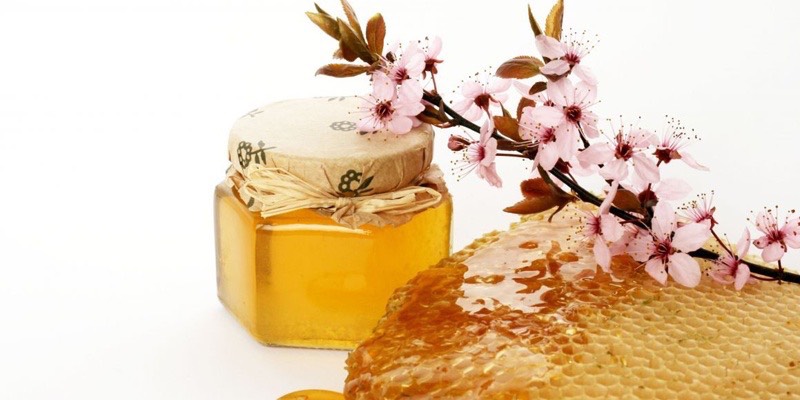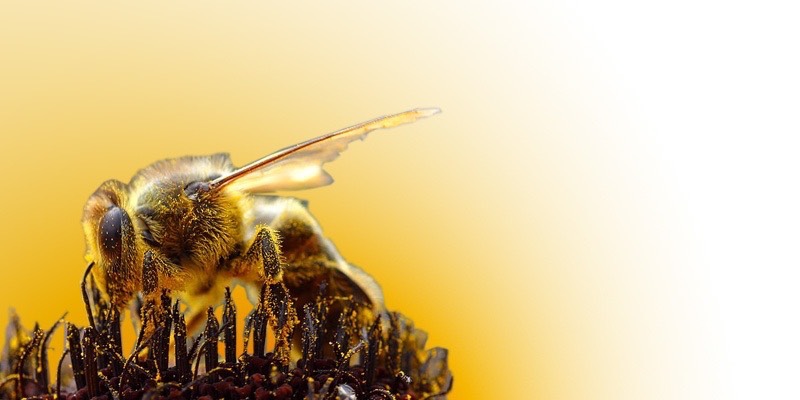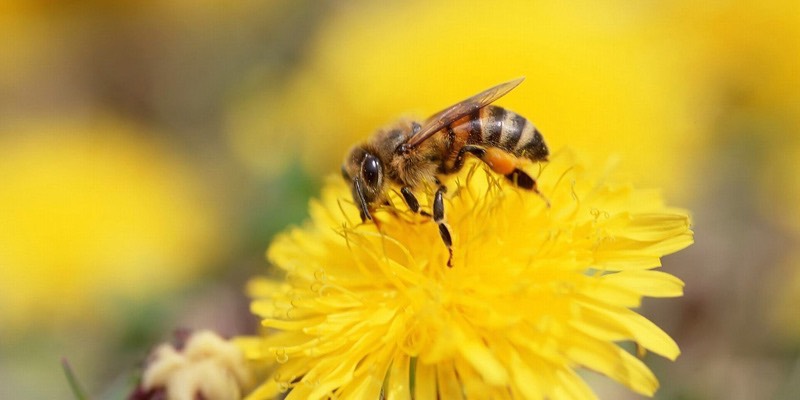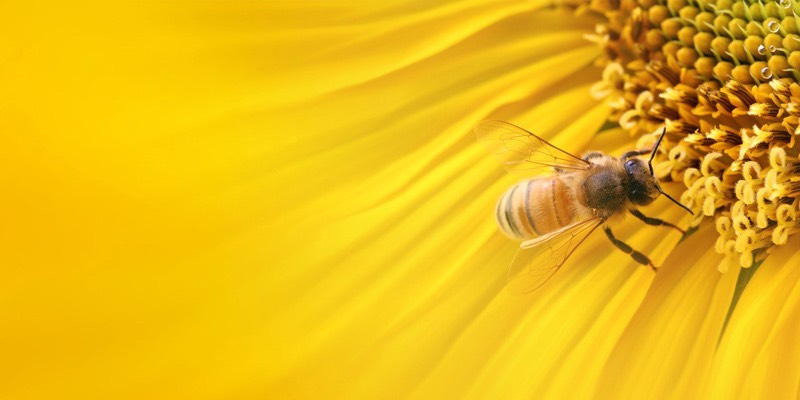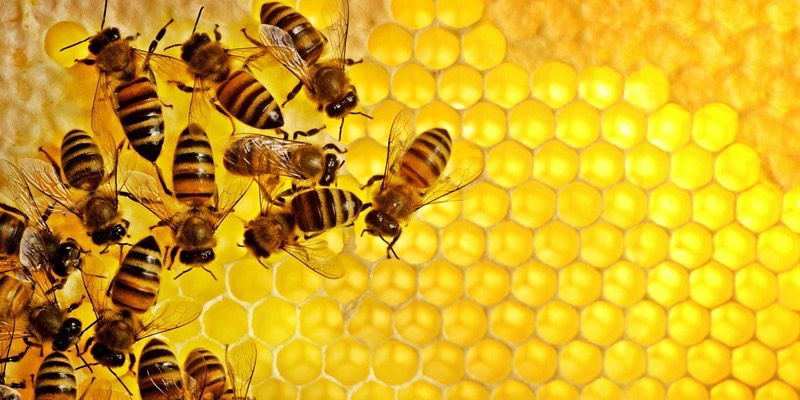Το ΚΕΝΤΡΟ ΕΛΛΗΝΙΚΗΣ ΜΕΛΙΣΣΟΚΟΜΙΑΣ ιδρύθηκε το 1999 από τον Παντελή Κάβουρα ο οποίος είναι και ο κύριος μέτοχος. Η Εταιρεία ασχολείται με την συσκευασία και την τυποποίηση μελιού. Παράλληλα ενισχύει την προσπάθεια των Ελλήνων μελισσοκόμων, υποστηρίζοντας τους με εφόδια πρώτης διαλογής αλλά και συμβουλευτικά σε θέματα τεχνικού χαρακτήρα λόγω της πολυετούς μας εμπειρίας σε θέματα παραγωγής.
Πελάτες Εσωτερικού
Πελάτες Εξωτερικού
Στρατιωτικά Πρατήρια

Σκλαβενίτης
AB Βασιλόπουλος
Carrefour
Γαλαξίας 5 ΑΕ
Μάρκετ Ιν
Αλιμέντα
Προμηθευτική
Μασούτης
Δούκας
Παπαγεωργίου
Λάρισσα Μάρκετ
Κρόνος - Καρακίτσος
Μέριμνα
Έξτρα
Ανεδήκ
Κανάκης
Συνεταιρισμός Καταναλωτής

Ηνωμένο Βασίλειο

Αυστρία

Βέλγιο

Γερμανία

Γαλλία

Ελβετία

Καναδάς

Ολλανδία

Πολλωνία

Σικάγο - Η.Π.Α.

ΠΟΝ
ΕΚΕΜΣ
Βιογραφικό - Παντελής Κάβουρας, Γενικός Διευθυντής
Ο κ. Παντελής Κάβουρας γεννήθηκε το 1963, είναι έγγαμος και πατέρας 2 παιδιών. Μετά την ολοκλήρωση των σπουδών του (Μηχανολόγος), απασχολήθηκε στην ΣΥΝΕΤΑΙΡΙΣΤΙΚΗ ΜΕΛΙΣΣΟΚΟΜΙΚΗ, όπου και εργάστηκε ως Δ/ντής Παραγωγής έως το 1999. Αμέσως μετά, ίδρυσε την επιχείρησή του και εκμεταλλευόμενος την εμπειρία και τεχνογνωσία που είχε αποκομίσει, διαφοροποιήθηκε αισθητά από την υπάρχουσα αγορά.
Η διαφοροποίηση έγκειται στην διάθεση premium ελληνικών και μόνο προϊόντων (μέλια υψηλής περιεκτικότητας και ονομαστής προέλευσης), στην καθετοποιημένη μονάδα συσκευασίας και τυποποίησης μελιού, αλλά και στην δημιουργία μονάδας υποστήριξης των παραγωγών με μελισσοκομικά εφόδια, καθώς και συμβουλών επί ειδικών θεμάτων, λόγω της εξειδίκευσης του σε θέματα παραγωγής. Εδώ και αρκετά χρόνια άλλωστε, είναι πιστοποιημένος ως επίσημος Γευσιγνώστης του Γενικού Χημείου του Κράτους. Επίσης όσον αφορά την τυποποίηση private label προϊόντων, μεγάλων και γνωστών εταιρειών στον χώρο των βιολογικών προϊόντων (APIVITA, DIMFIL κ.α.) η επιχείρηση διαθέτει εξειδικευμένες συσκευασίες ειδικών προδιαγραφών. Η επιχείρηση έχει πιστοποιηθεί κατά HACCP, ISO και πρόσφατα προέβη σε μετεγκατάσταση, σε νέο λειτουργικότερο χώρο 700 τ.μ.
Ο κ. Κάβουρας ασχολείται ενεργά με τον κλάδο, καθώς είναι μέλος Δ/Σ της Διαεπαγγλματικής Εθνικής Επιτροπής Μελιού & Λοιπών Προϊόντων Κυψέλης, καθώς και Αντιπρόεδρος του Συνδέσμου Τυποποιητών Ελληνικού Μελιού.

What is Apiculture?
Apiculture is the management and study of honeybees.
Apiculture is the management and study of honeybees.
Apiculture is derived from the honeybee's Latin name Apis mellifera, meaning ‘honey gatherer’. Since bees do not collect honey but nectar from which honey is made, the scientific name should actually be Apis mellifica meaning ‘honey maker’.
Although apiculture refers to the honeybee, the vital role all bees play in the pollination of crops and flowering plants has caused apiculture to also include the management and study of non-Apis bees such as bumblebees and leafcutter bees.
Some 90 million years ago, flowering plants first appeared on earth. The wasp-like ancestors of bees took advantage of the food made available by flowers and began to modify their diet and physical characteristics.
Since then, flowering plants and bees co-evolved. This eventually led to a complete interdependence, meaning that flowering plants and bees cannot live and reproduce without each other.
Since then, flowering plants and bees co-evolved. This eventually led to a complete interdependence, meaning that flowering plants and bees cannot live and reproduce without each other.
The genus Apis is comprised of a comparatively small number of species including the western honeybee Apis mellifera, the eastern honeybee Apis cerana, the giant bee Apis dorsata, and the small honeybee Apis florea.
Honeybees are indigenous to the Eurasian and African continents and were introduced to the Americas and Australia by European settlers.
The western honeybee is comprised of some 24 races or sub-species. The African honeybee, sometimes referred to as ‘Killer bee’, is a race of the western honeybee and can therefore cross-breed.
Bees collect pollen and nectar. Pollen is the protein source needed for bee brood development while nectar is the carbohydrate source providing energy.
Nectar is a sugar solution produced by flowers containing about 80% water and 20% sugars. Foraging bees store the nectar in the ‘honey sac’ where the enzyme invertase will change complex sugars into simple sugars called mono-saccharides. Upon return to the hive, the foraging bee will disgorge the partially converted nectar solution and offer it to other bees. Housekeeping bees will complete the enzymatic conversion, further removing water until the honey solution contains between 14 – 20% water.
Honey is too dry for any microbes to live in. Honey is non-perishable and can be kept indefinitely in a cool, dry place.
The flavor, aroma and color of honey is determined by the floral source. For example, buckwheat honey is almost black while fireweed honey is almost colorless.
Unlike other bees, honeybees can communicate details about the location, quality and quantity of food sources. This allows honeybees to access and utilize food sources efficiently at great distances.
Honeybees maintain temperatures in the brood nest of between 30º C and 34º C, even in the middle of winter.
The honeybee colony is comprised of one queen, thousands of worker bees and a few hundred male bees called drones. Colony size varies according to season and condition of the colony.
Several diseases including viruses, various microbes and mites can affect the honeybee.
Honeybees are used in pollination and play a critical role in the production of many crops, representing a value of over $14 billion per year in North America.






